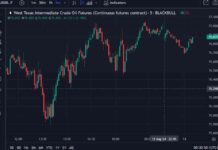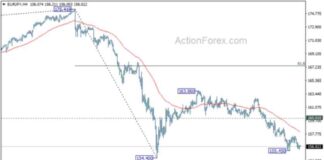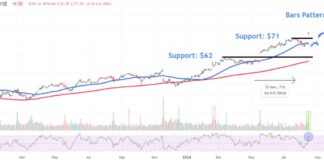The New Zealand dollar is holding steady despite recent fluctuations. In the latest trading session, NZD/USD is at 0.5967, showing a slight increase of 0.07%. Last Friday, the New Zealand dollar experienced a significant drop of 1%.
Inflation expectations in New Zealand have seen a slight uptick to 2.1% in the fourth quarter, up from 2.0% in the previous quarter. However, expectations for annual inflation in the coming year have decreased to 2.05% from 2.40%. The Reserve Bank of New Zealand closely monitors these expectations as they can impact actual inflation rates. Inflation has been declining and fell to 2.2% in the third quarter, marking the first time in over three years that inflation has fallen within the target range of 1% to 3%.
Responding to decreasing inflation rates, the RBNZ has been implementing aggressive easing measures. Just last week, the central bank cut the cash rate by 50 basis points to 4.75%, with expectations of further reductions at the upcoming meeting on Nov. 27. The RBNZ is likely to continue lowering rates in 2025, depending on factors such as inflation, employment, and GDP.
China, on the other hand, saw a slight decrease in consumer prices, with a 0.3% year-on-year increase in October, lower than the 0.4% growth in September and the lowest since June. The monthly reading indicated deflation, with a -0.3% change compared to 0% in September. Despite aggressive stimulus measures announced by China’s central bank to boost the economy and consumer spending, the impact of these measures may take some time to materialize.
Looking at the technical aspects, NZD/USD has broken above resistance levels at 0.5987 and is currently testing resistance at 0.6002. Support levels lie at 0.5957 and 0.5942.
In conclusion, while the New Zealand dollar remains resilient in the face of economic challenges, the RBNZ’s continued efforts to combat falling inflation rates will be crucial in determining the currency’s future performance. Investors should keep a close watch on inflation data, central bank actions, and global economic trends for insights into the currency market.

















